T8 Bulbs at 4100K
puzzlefan
17 years ago
Related Stories
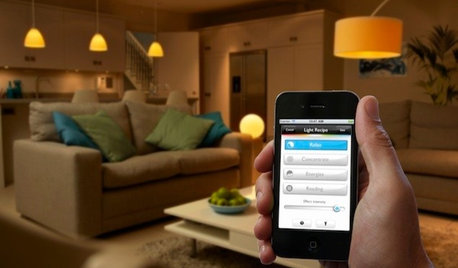
HOME TECHHere's a Bright Idea: Smart Bulbs for Better Lighting
Lightbulbs that can change brightness and color with a cell phone command show flashes of design brilliance
Full Story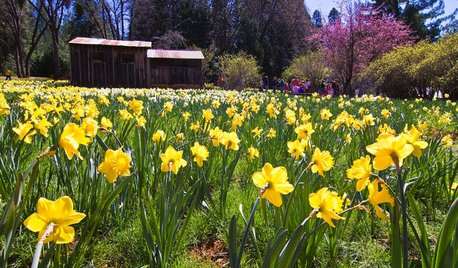
GARDENING GUIDES7 Bulbs That Flourish in Mild Climates
Fall planting: For gardens that don't see harsh winters, different guidelines for choosing and planting spring-blooming bulbs apply
Full Story
GARDENING GUIDES6 Unsung Bulbs for Fall Planting
Don't hang up your spade after summer — plant these unusual bulbs in fall for a spectacular spring show
Full Story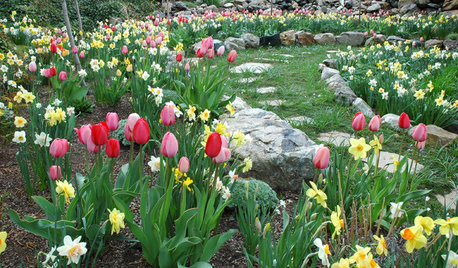
GARDENING GUIDESGardening With Kids: How to Plant Bulbs
You don't need expertise to get flowering bulbs in the ground in fall — but kids will feel like gardening pros come spring
Full Story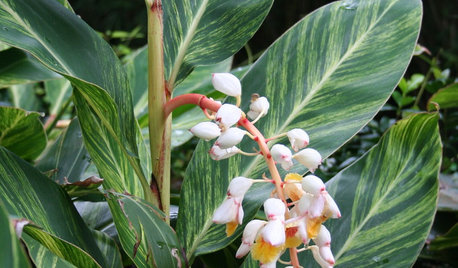
GARDENING GUIDES7 Tropical Bulbs for a Summer Garden That Wows
Try these stunners in summer's powerful heat for garden thrills with an exotic flair
Full Story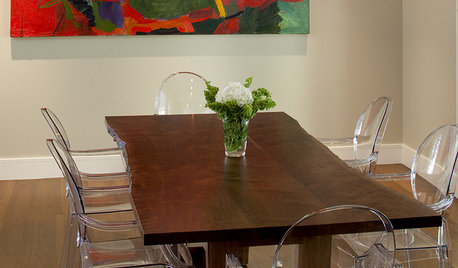
LIGHTINGAntique Chic: Edison Bulbs
Industrial-Style Filament Bulbs Reinvent Lighting (Again)
Full Story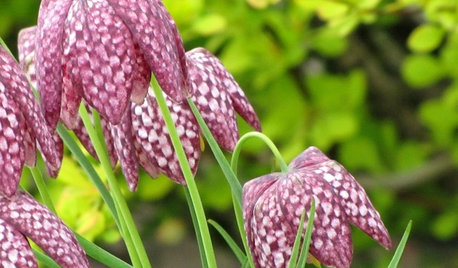
FALL GARDENING7 Delightfully Different Bulbs for Your Spring Garden
Fall planting: Stray from the standards for a more exotic spring garden that draws applause
Full Story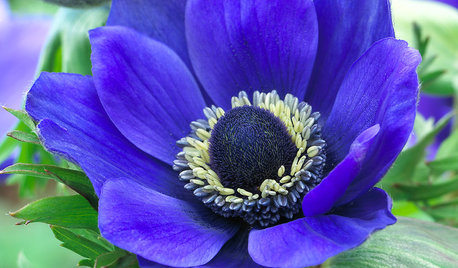
FALL GARDENING6 Splendid Blue-Flowering Bulbs
How do you blue? With colors from sky to cobalt, these bulbs will greet you merrily in a spring garden
Full Story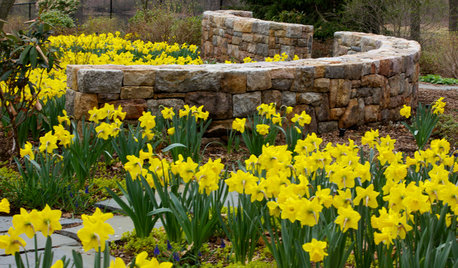
GARDENING GUIDES10 Beautiful Ways to Landscape With Bulbs
Planting bulbs wisely in fall can turn a spring garden glorious with joyful colors and profuse blooms that last through summer
Full Story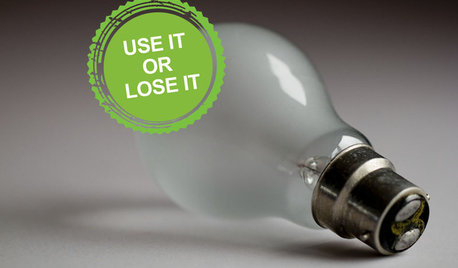
DECORATING GUIDESLose It: How to Get Rid of Old Light Bulbs
When the light goes out, you'll want to get rid of the bulb safely. Here's how
Full StorySponsored
More Discussions






ralleia
shrubs_n_bulbs
Related Professionals
Manorville Landscape Architects & Landscape Designers · Simi Valley Landscape Architects & Landscape Designers · Mount Wilson Landscape Architects & Landscape Designers · Palm Beach Gardens Landscape Contractors · Saint John Landscape Contractors · Westford Landscape Contractors · Vienna Handyman · Cutler Bay Fence Contractors · Palmetto Fence Contractors · San Rafael Fence Contractors · Wilmette Fence Contractors · Durham Roofing & Gutters · Stamford Roofing & Gutters · Hacienda Heights Roofing & Gutters · Hinsdale Roofing & Guttersmaineman
puzzlefanOriginal Author
maineman
shrubs_n_bulbs
maineman
moochinka
seysonn
zen_man